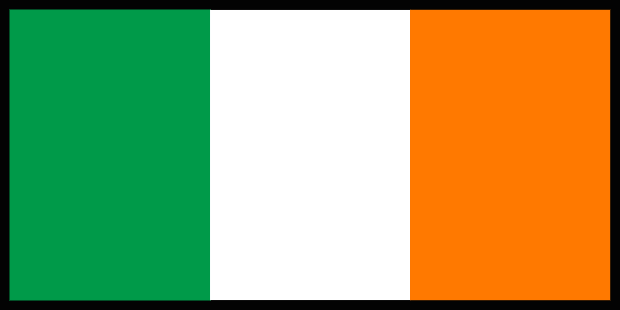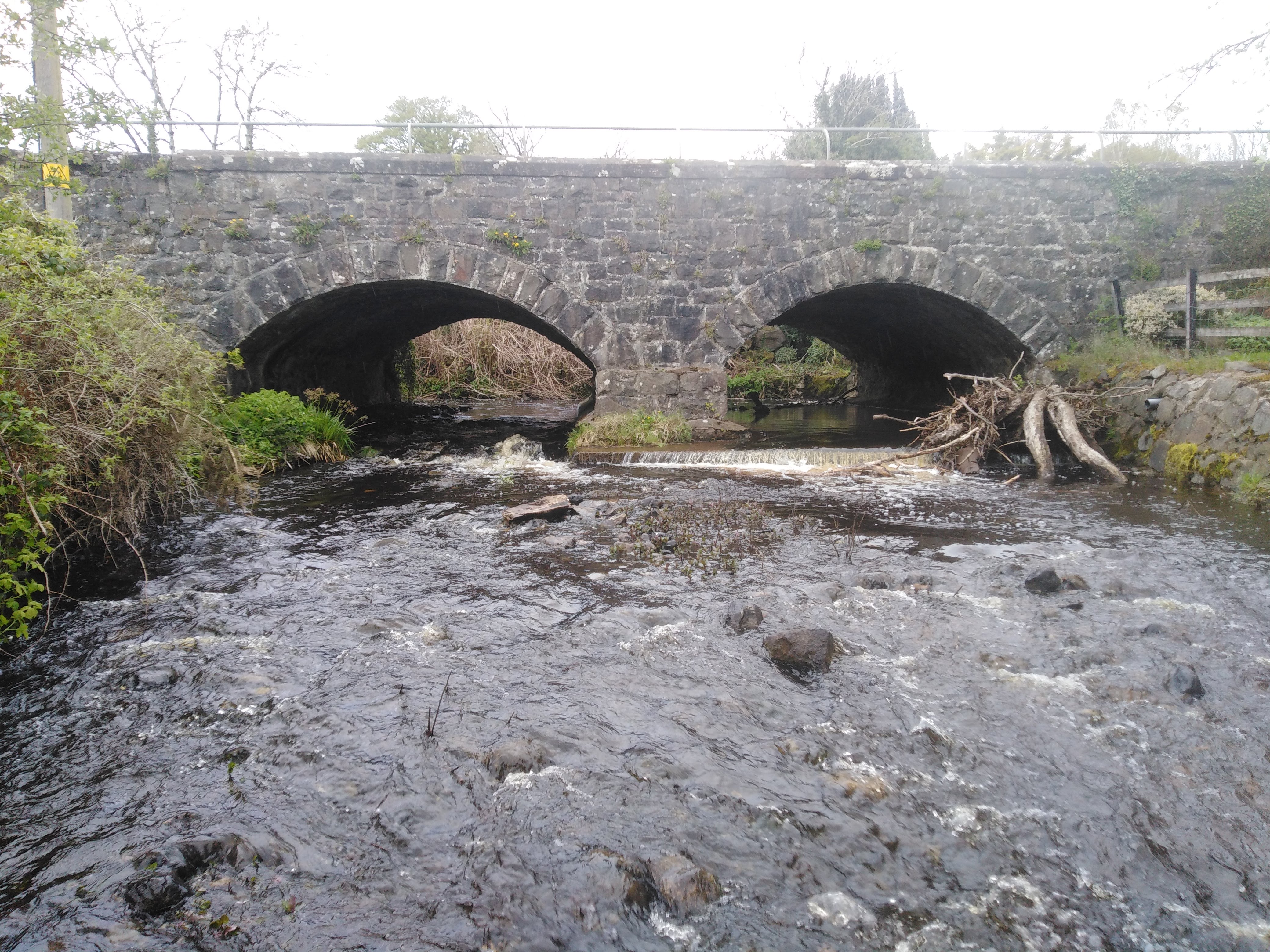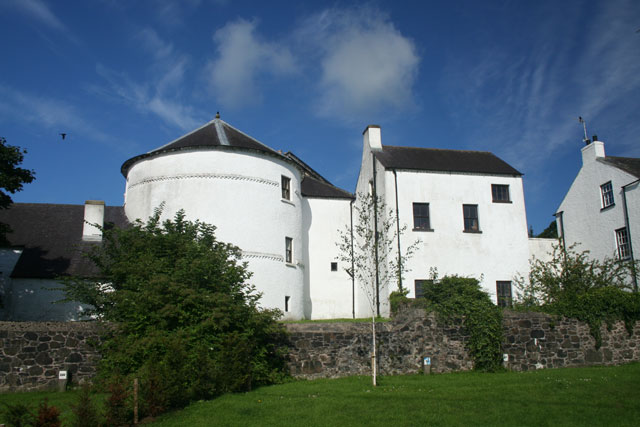|
Mullacreevie Ambush
The Mullacreevie ambush took place on 1 March 1991, when a mobile patrol of the Ulster Defence Regiment composed of two Land Rover vehicles was attacked with an improvised horizontal mortar by a Provisional IRA active service unit from the North Armagh Brigade while passing near Mullacreevie housing estate, on the west side of Armagh City. One member of the UDR was killed instantly when the leading Land Rover was hit, while another died of wounds two days later. Two other soldiers were maimed for life. IRA improvised horizontal mortars According to author Tony Geraghty, British authorities learnt of the first horizontal mortar produced by the Provisional IRA, the Mark 12, in 1985. The weapon was recovered after an incident in which three IRA volunteers were killed by security forces. The launcher suffered from the limitation of a heavy recoil, which made the handling of the device difficult. One British intelligence report say that while the launcher was quite crude, the grenad ... [...More Info...] [...Related Items...] OR: [Wikipedia] [Google] [Baidu] |
The Troubles
The Troubles ( ga, Na Trioblóidí) were an ethno-nationalist conflict in Northern Ireland that lasted about 30 years from the late 1960s to 1998. Also known internationally as the Northern Ireland conflict, it is sometimes described as an "irregular war" or "Low-intensity conflict, low-level war". The conflict began in the late 1960s and is usually deemed to have ended with the Good Friday Agreement of 1998. Although the Troubles mostly took place in Northern Ireland, at times violence spilled over into parts of the Republic of Ireland, England and mainland Europe. The conflict was primarily political and nationalistic, fuelled by historical events. It also had an Ethnic group, ethnic or sectarian dimension but despite use of the terms 'Protestant' and 'Catholic' to refer to the two sides, it was not a Religious war, religious conflict. A key issue was the Partition of Ireland, status of Northern Ireland. Unionism in Ireland, Unionists and Ulster loyalism, loyalists, who for ... [...More Info...] [...Related Items...] OR: [Wikipedia] [Google] [Baidu] |
Sangar (fortification)
A sangar (or sanger) ( fa, سنگر) is a temporary fortified position with a breastwork originally constructed of stones, and now built of sandbags, gabions or similar materials. Sangars are normally constructed in terrain where the digging of trenches would not be practicable. The term is still frequently used by the British Army, but has now been extended to cover a wider range of small fortified positions. Etymology The word was adopted from Hindi and Pashto and derives originally from the Persian word ''sang'', "stone". Its first appearance in English (as recorded by the ''Oxford English Dictionary'') is in the form ''sunga'', and dates from 1841. The word has also occasionally been used as a verb, meaning "to fortify with a sangar": however, this usage appears to have been limited to the first decade of the 20th century. Traditional usage The term was originally used by the British Indian Army to describe small temporary fortified positions on the North West Frontier and ... [...More Info...] [...Related Items...] OR: [Wikipedia] [Google] [Baidu] |
1990 Downpatrick Roadside Bomb
On 9 April 1990, the South Down Brigade of the Provisional Irish Republican Army (IRA) detonated a massive improvised land mine under a British Army convoy outside Downpatrick, County Down, Northern Ireland. Four soldiers of the Ulster Defence Regiment (UDR) were killed, the regiment's greatest loss of life since 1983. Background The Provisional IRA had been attacking British Army patrols and convoys with landmines and roadside bombs since the beginning of its campaign in the early 1970s. The deadliest attack was the Warrenpoint ambush of August 1979, when 18 soldiers were killed by two large roadside bombs near Warrenpoint, County Down. In July 1983, four soldiers of the local Ulster Defence Regiment (UDR) were killed when their vehicle struck an IRA landmine near Ballygawley, County Tyrone. It was the UDR's biggest loss of life up until then. Attack On the morning of 9 April 1990, two UDR armoured landrovers were travelling from Ballykinler Barracks to Downpatrick. An ... [...More Info...] [...Related Items...] OR: [Wikipedia] [Google] [Baidu] |
Attack On UDR Clogher Barracks
On 2 May 1974 the Provisional Irish Republican Army (IRA) attacked a British Army base manned by the Ulster Defence Regiment (UDR) near the Northern Ireland–Republic of Ireland border at Clogher, County Tyrone. The IRA unit engaged the small base with automatic weapons, rockets and improvised mortars. Ferret armoured cars were deployed to the scene and a fierce firefight erupted. The IRA withdrew behind the border with the Republic. The assault on the outpost killed greenfinch Eva Martin and wounded another UDR soldier. Background The situation at the political level in Northern Ireland by 1974 was tense. The new Assembly, established under the provisions of the Sunningdale agreement, was in the verge of collapse after the victory of anti-Faulkner Unionists in the February general elections. The month of May would witness the Ulster Workers' Council strike, what would mean the ''coup de grace'' to the deal. On the security side, the IRA had stepped up their campaign by Apri ... [...More Info...] [...Related Items...] OR: [Wikipedia] [Google] [Baidu] |
Chronology Of Provisional Irish Republican Army Actions (1990–99)
Chronologies of Provisional Irish Republican Army actions detail activities by the Provisional Irish Republican Army, an Irish republican paramilitary organisation that sought to end British rule in Northern Ireland and bring about an independent republic encompassing all of Ireland. The chronologies are mostly organized by decade. Chronologies *Chronology of Provisional Irish Republican Army actions (1970–1979) *Chronology of Provisional Irish Republican Army actions (1980–1989) *Chronology of Provisional Irish Republican Army actions (1990–1991) *Chronology of Provisional Irish Republican Army actions (1992–1999) * Chronology of Provisional Irish Republican Army actions in the 21st century See also *Timeline of Continuity Irish Republican Army actions *Timeline of Real Irish Republican Army actions *Timeline of Irish National Liberation Army actions *Timeline of Official Irish Republican Army actions *Timeline of Ulster Volunteer Force actions *Timeline of Ulster Defen ... [...More Info...] [...Related Items...] OR: [Wikipedia] [Google] [Baidu] |
County Londonderry
County Londonderry ( Ulster-Scots: ''Coontie Lunnonderrie''), also known as County Derry ( ga, Contae Dhoire), is one of the six counties of Northern Ireland, one of the thirty two counties of Ireland and one of the nine counties of Ulster. Before the partition of Ireland, it was one of the counties of the Kingdom of Ireland from 1613 onward and then of the United Kingdom after the Acts of Union 1800. Adjoining the north-west shore of Lough Neagh, the county covers an area of and today has a population of about 247,132. Since 1972, the counties in Northern Ireland, including Londonderry, have no longer been used by the state as part of the local administration. Following further reforms in 2015, the area is now governed under three different districts; Derry and Strabane, Causeway Coast and Glens and Mid-Ulster. Despite no longer being used for local government and administrative purposes, it is sometimes used in a cultural context in All-Ireland sporting and cultural even ... [...More Info...] [...Related Items...] OR: [Wikipedia] [Google] [Baidu] |
Swatragh
Swatragh () is a small village and townland in County Londonderry, Northern Ireland. Swatragh is on the main A29 road north of Maghera, and is situated within Mid-Ulster District. The population was 438 in the 2011 Census. The village has three churches: one Roman Catholic, one Church of Ireland, and one Presbyterian. The Catholic and Church of Ireland churches are listed buildings. St John's is the local primary school. Swatragh's name in Irish, ''an Suaitreach'', is derived from a shortened form of ''Baile an tSuaitrigh'' meaning "townland of the billeted soldier". Sport Swatragh is home to Michael Davitt Gaelic Athletic Club. Several of the club's Gaelic football players have represented Derry GAA. There is also a boxing club located within the village. People * Anthony Tohill - Gaelic footballer * Terry McFlynn - professional association football player Rivers The Knockoneil River flows through the village and is leased by the Clady And District Angling Club. The ri ... [...More Info...] [...Related Items...] OR: [Wikipedia] [Google] [Baidu] |
Royal Ulster Constabulary
The Royal Ulster Constabulary (RUC) was the police force in Northern Ireland from 1922 to 2001. It was founded on 1 June 1922 as a successor to the Royal Irish Constabulary (RIC)Richard Doherty, ''The Thin Green Line – The History of the Royal Ulster Constabulary GC'', pp. 5, 17, 27, 93, 134, 271; Pen & Sword Books; following the partition of Ireland. At its peak the force had around 8,500 officers, with a further 4,500 who were members of the RUC Reserve. The RUC policed Northern Ireland from the aftermath of the Irish War of Independence until after the turn of the 21st century, and played a major role in the Troubles between the 1960s and the 1990s. Due to the threat from the Provisional Irish Republican Army (IRA), who saw the RUC as enforcing British rule, the force was heavily armed and militarised. Officers routinely carried submachine guns and assault rifles, travelled in armoured vehicles, and were based in heavily-fortified police stations.Weitzer, Ronald. ''Policin ... [...More Info...] [...Related Items...] OR: [Wikipedia] [Google] [Baidu] |
Bellaghy
Bellaghy () is a village in County Derry, Northern Ireland. It lies north west of Lough Neagh and about 5 miles north east of Magherafelt. In the centre of the village (known locally as The Diamond) three main roads lead to Magherafelt, Portglenone and Toome. It had a population of 1,063 people in the 2001 Census and is within Mid-Ulster District. Bellaghy is home to a well-preserved 17th century fortified house, Bellaghy Bawn, which is now a museum. It is also known as the birthplace, childhood home and resting place of poet Seamus Heaney (1939–2013), who won the Nobel Prize for Literature. There is an arts centre in the village dedicated to Heaney.Roslyn Sulcas, "Ireland Celebrates the Life and Legacy of Nobel Prize-Winning Poet", ''New York Times,'' 17 October 2016 History There had long been Gaelic settlements in this area. Archaeological evidence has been found in the village of a Gaelic ringfort. In the early 17th century, Bellaghy became one of many towns planne ... [...More Info...] [...Related Items...] OR: [Wikipedia] [Google] [Baidu] |
Mourne Mountains
The Mourne Mountains ( ; ga, Beanna Boirche), also called the Mournes or Mountains of Mourne, are a granite mountain range in County Down in the south-east of Northern Ireland. They include the highest mountains in Northern Ireland, the highest of which is Slieve Donard at . The Mournes are designated an Area of Outstanding Natural Beauty and it has been proposed to make the area Northern Ireland's first national park. The area is partly owned by the National Trust and sees many visitors every year. The Mourne Wall crosses fifteen of the summits and was built to enclose the catchment basin of the Silent Valley and Ben Crom reservoirs. Mountains The name ' Mourne' is derived from the name of a Gaelic clan or sept called the ''Múghdhorna''. The common Irish name for the mountains, ''na Beanna Boirche'', may mean "the peaks of the peak district" or "peaks of Boirche" (a mythical king and cowherd). It was historically anglicized as 'Bennyborfy'. Some of the mountains have nam ... [...More Info...] [...Related Items...] OR: [Wikipedia] [Google] [Baidu] |
Lancashire
Lancashire ( , ; abbreviated Lancs) is the name of a historic county, ceremonial county, and non-metropolitan county in North West England. The boundaries of these three areas differ significantly. The non-metropolitan county of Lancashire was created by the Local Government Act 1972. It is administered by Lancashire County Council, based in Preston, and twelve district councils. Although Lancaster is still considered the county town, Preston is the administrative centre of the non-metropolitan county. The ceremonial county has the same boundaries except that it also includes Blackpool and Blackburn with Darwen, which are unitary authorities. The historic county of Lancashire is larger and includes the cities of Manchester and Liverpool as well as the Furness and Cartmel peninsulas, but excludes Bowland area of the West Riding of Yorkshire transferred to the non-metropolitan county in 1974 History Before the county During Roman times the area was part of the Bri ... [...More Info...] [...Related Items...] OR: [Wikipedia] [Google] [Baidu] |







